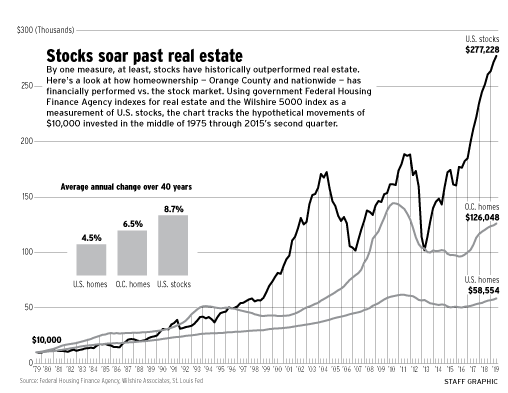We will look at how business operators can try to increase the cash flow in a business. There are other cost-cutting measures that business owners can take to maximize the amount of cash flow a business receives without hurting business operations.
Positive cash flow means that at any given time, more money is coming into your business than going out. You may feel like your business is in a strong position, but financial reports may show that not much money is flowing into the business that particular month. Cash flow is important for small businesses because it shows how much money your business is actually going in and out of, not how much money you expect to get out of a loan.
If you have positive cash flow, you are putting more money into your business—usually through sales or debt—than you are spending on expenses like payroll, inventory, and rent. Having more cash on the go gives you operating costs and allows your company to pay down debt. As sales revenues begin to roll in, we hope the cash will start flowing into new ventures and start-ups rather than flowing out.
Positive operating cash flow and negative investing cash flow can mean the company is making money and using it for growth. In other words, for a company to be financially viable over the long term, operating cash inflows must be greater than cash outflows.
Cash flow analysis helps your finance department better manage cash inflows and outflows, ensuring that you have enough cash to run and grow your business. Since you’ll see cash inflow during a certain season and little to no cash in the rest of the year, learning about cash flow management can help you keep your business’s finances in the black, even during the off-season.
If you only have time for one business analysis per month, create a financial report to keep track of your financial situation. You can also view your cash flow at different time periods, such as quarterly, but a good rule of thumb is to review your cash flow regularly to better understand any changes in the state of your business.
Tracking also helps you get better and better cash flow forecasts that you can rely on when making business decisions about expanding your business and managing your existing accounts. Profit margin review and profit margin tracking over time can give you detailed pricing and cost information so you can see if anything needs to change to improve your business’s cash flow. To keep your business afloat, you need to be clear about what goes in and out of your business on a monthly basis and do your best to keep your cash flow positive.
To operate, you need operating cash flow to pay wages, pay rent, and insurance payments, and manage a list of other day-to-day expenses to keep your business running as normal. If your cash flow is negative, you may not be able to pay your employees and suppliers, cover your monthly rent, and have the money you need for a variety of other day-to-day business expenses. Inevitably, you will come across circumstances where you will have to rely on cash.
Here are some rules and prohibitions if you do not have enough money. If you don’t have enough money to get through this period, your chances of success are slim. You will have enough money to pay your bills, say yes to a new project, or launch a marketing campaign.
If you don’t have money to produce goods, you won’t make a profit. However, profit is the money you have after deducting selling expenses from your total income.
The best indicator of a company’s financial health is its cash flow, the money that goes in and out of a company as a result of sales, expenses, investments, debt collection, and loans made. When conducting cash flow analysis, companies compare elements of these three categories of cash flows to see where the money comes in and where it goes. As we have said, all three elements are essential for the health of a company, but it is important to know that they are different.
Each solution can help with overall liquidity management and improve a company’s ability to predict the amount of money it has. Although they both arrive at the same end result and predict how much money you will have in the bank in the future, they achieve this in different ways.
By creating it, you can see which months to expect a cash deficit and which months to expect a surplus. With the indirect method, you start with your net income for the period and make adjustments to see how much money you have on hand. Free cash flow is a very useful measure of financial performance and provides better information than net income because it shows how much money a company has left after paying dividends, buying back stock, or paying down debt to expand its business or Return to shareholders.
The difference between leveraged and unleveraged FCF shows whether an asset is overvalued or operating with a good amount of debt. Excessive growth or over-trading increases future borrowing and operating costs for the business. Borrowing too slowly can stifle growth and prevent you from getting the money you need to keep running your business.
That’s why you shouldn’t be alarmed if you see more money leaving your business than coming in, at least initially. If you send invoices to customers who may not pay them for 30, 60, 90, or even 120 days, your real-time cash flow situation will be very different from your profitability, and you may not have enough liquidity to support your business. . The less you have to go out of your startup on personal expenses, the more you can dedicate to your business at a crucial startup moment.
Helpful Links:
Homepage
About
Contact
Personal Development Partner




